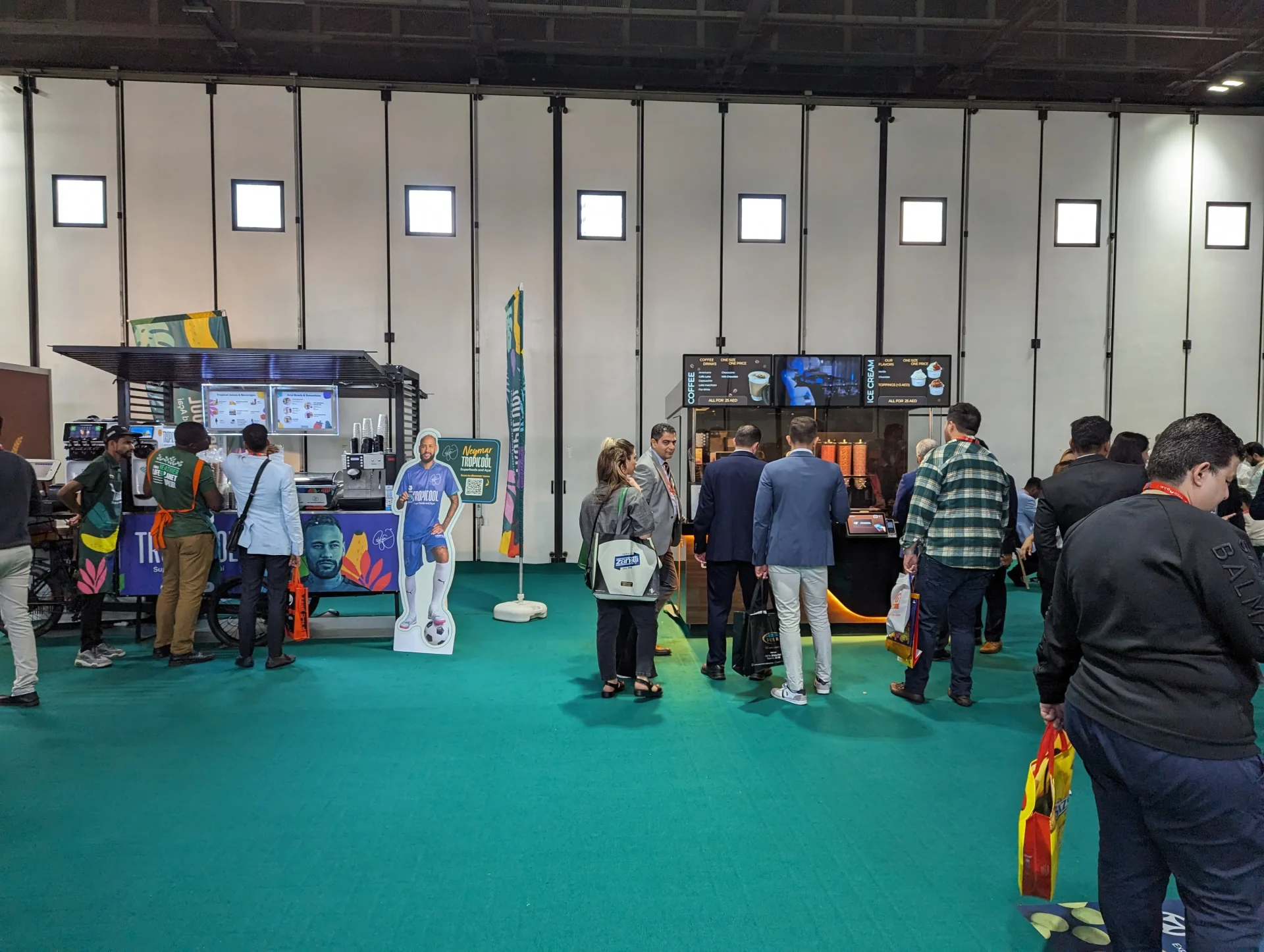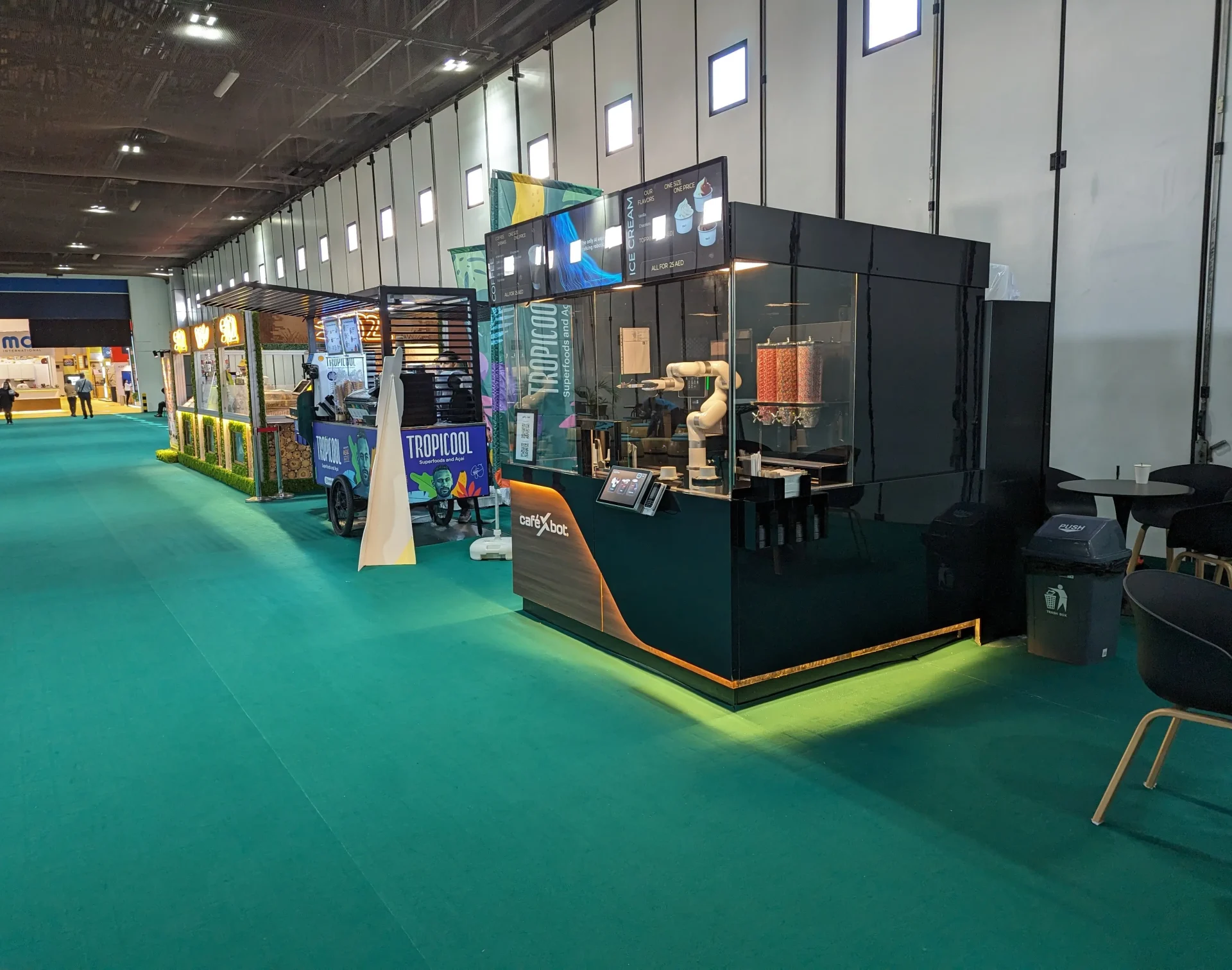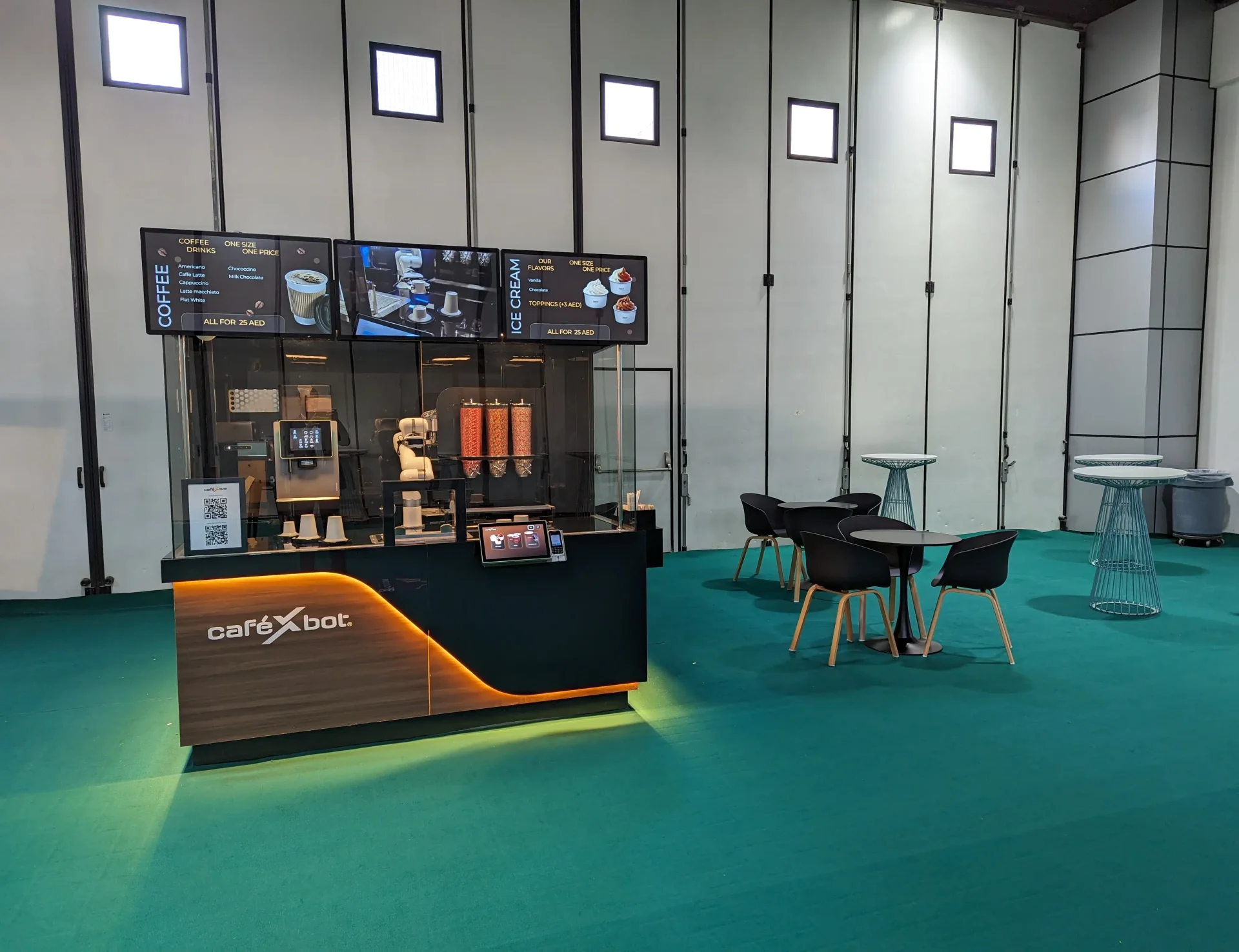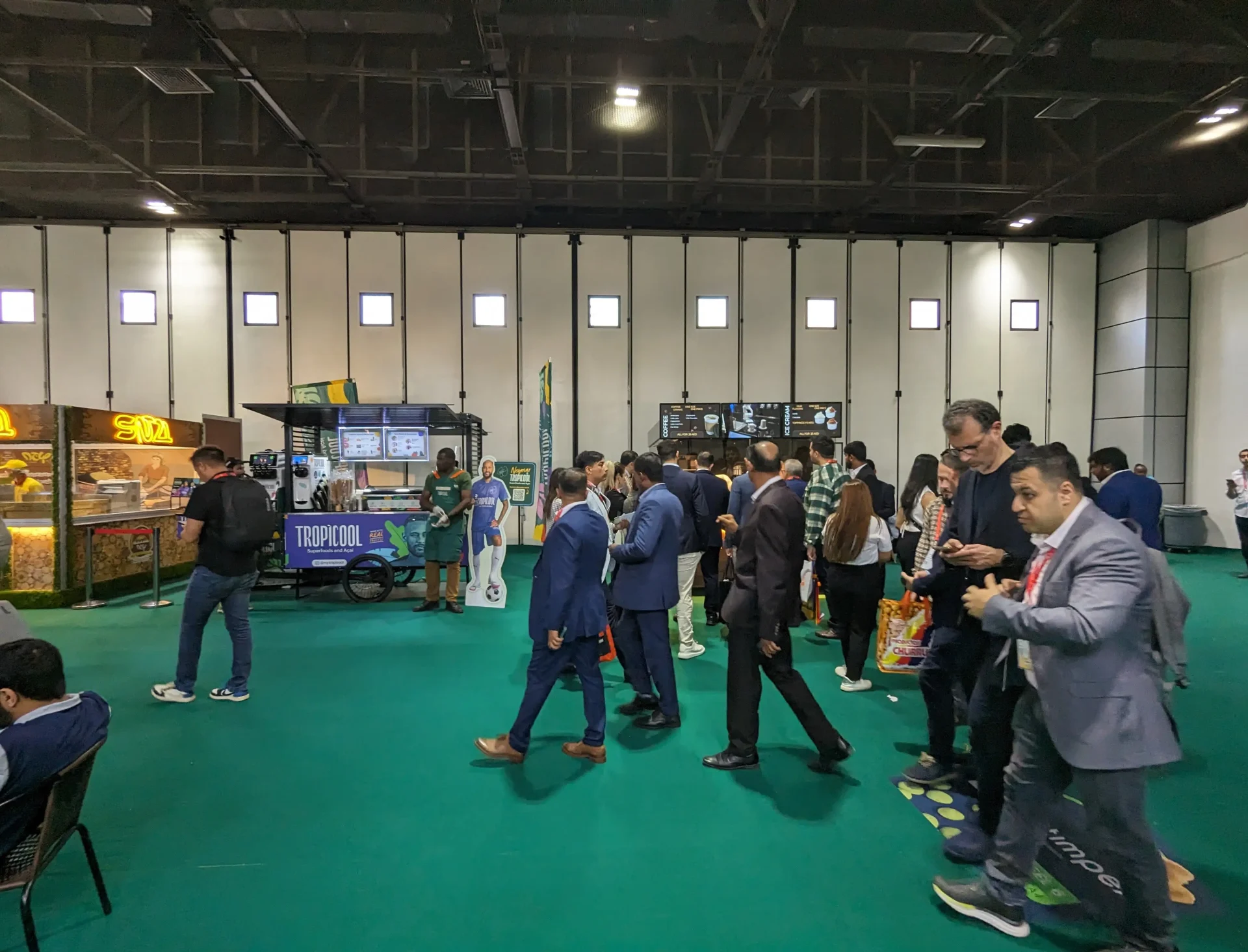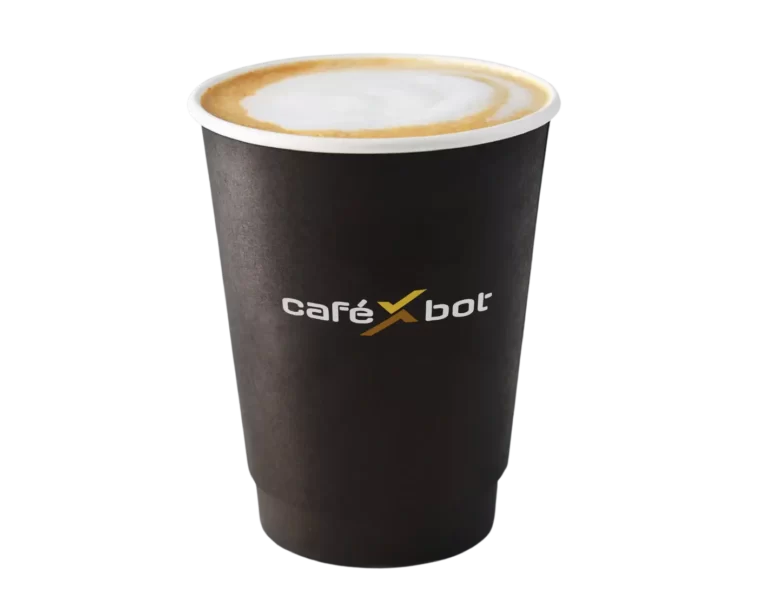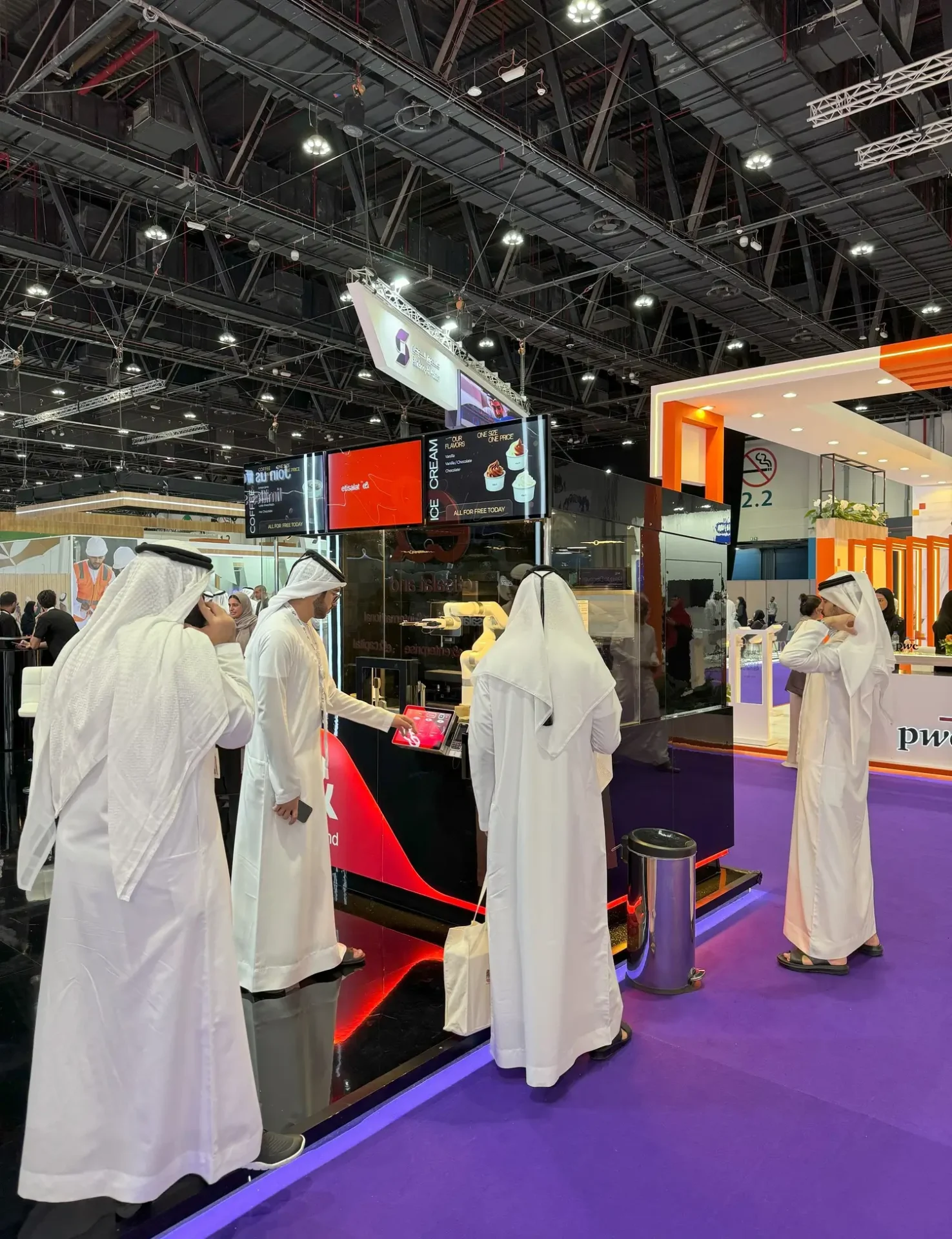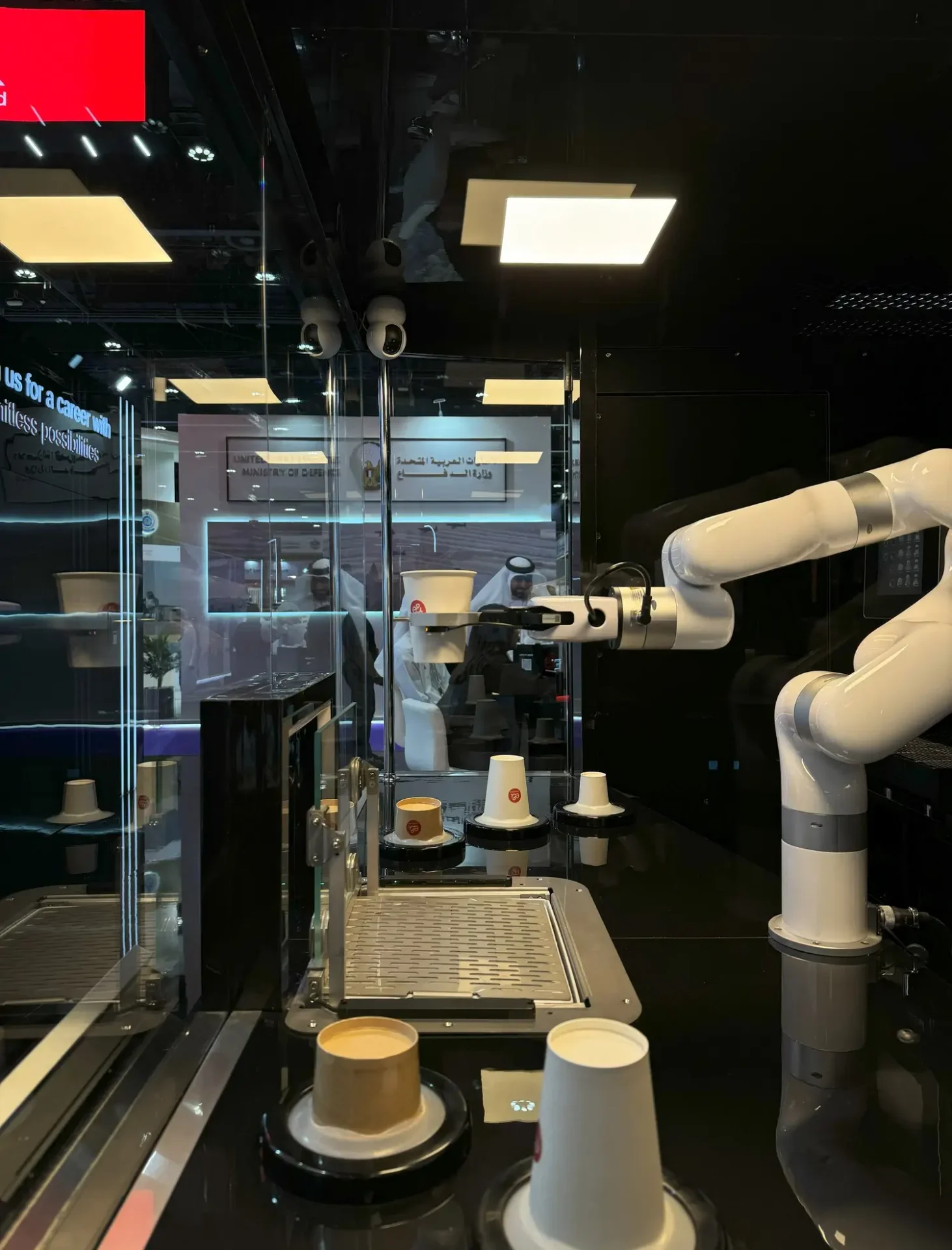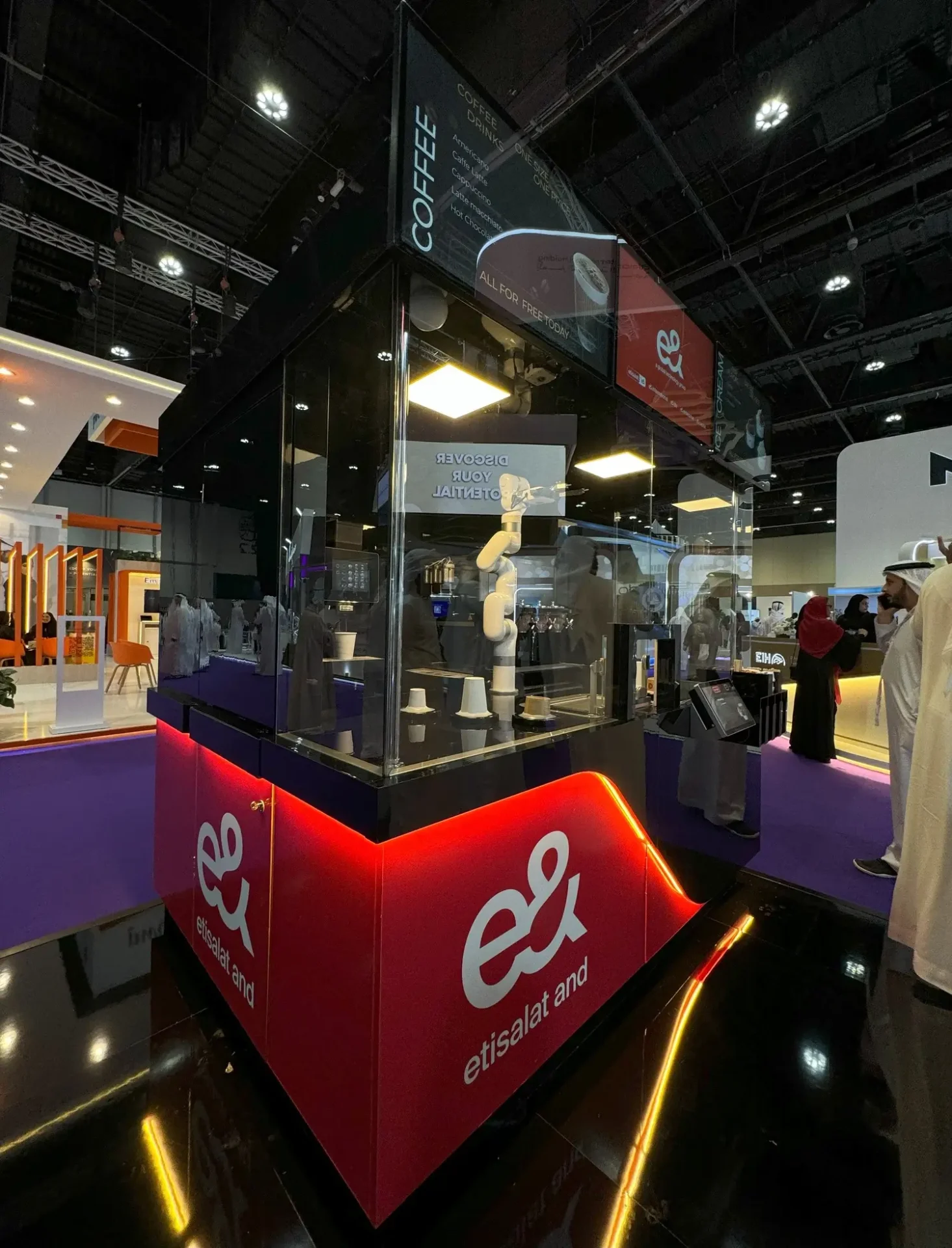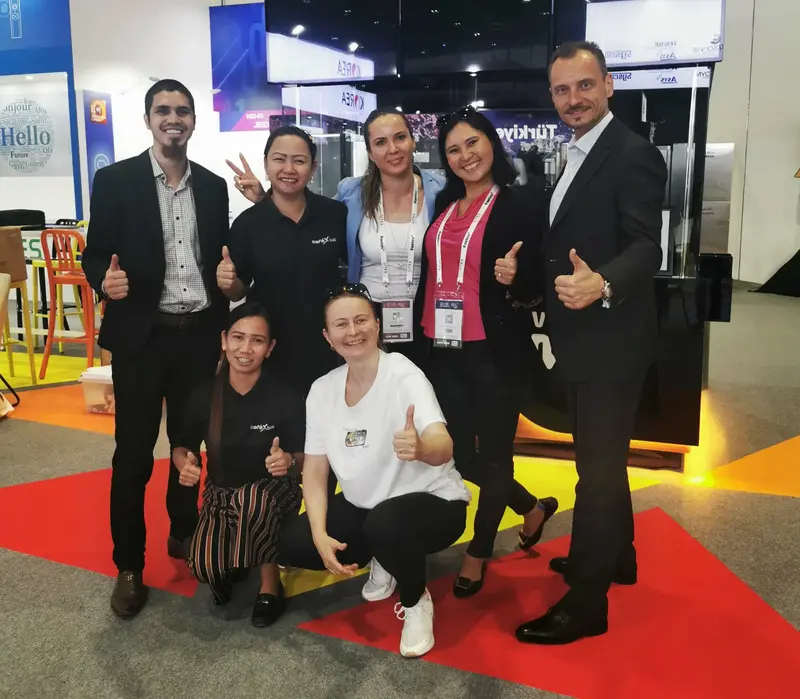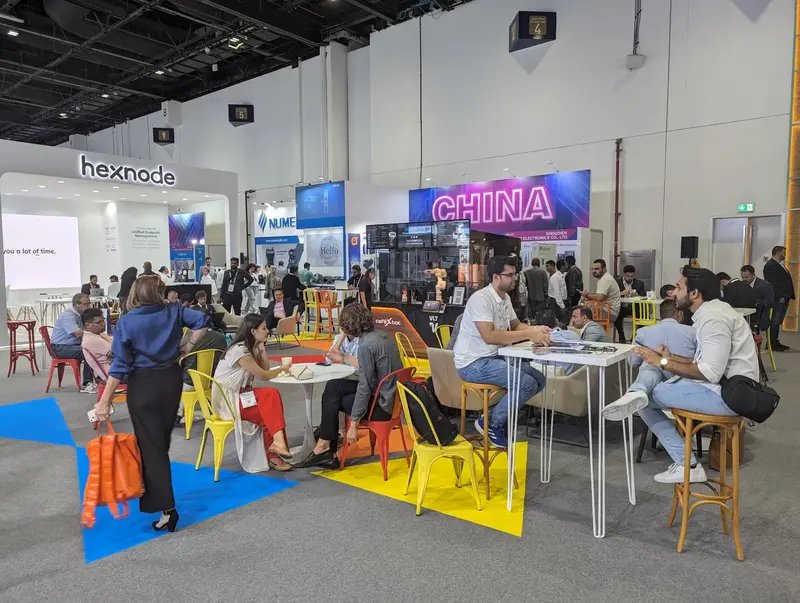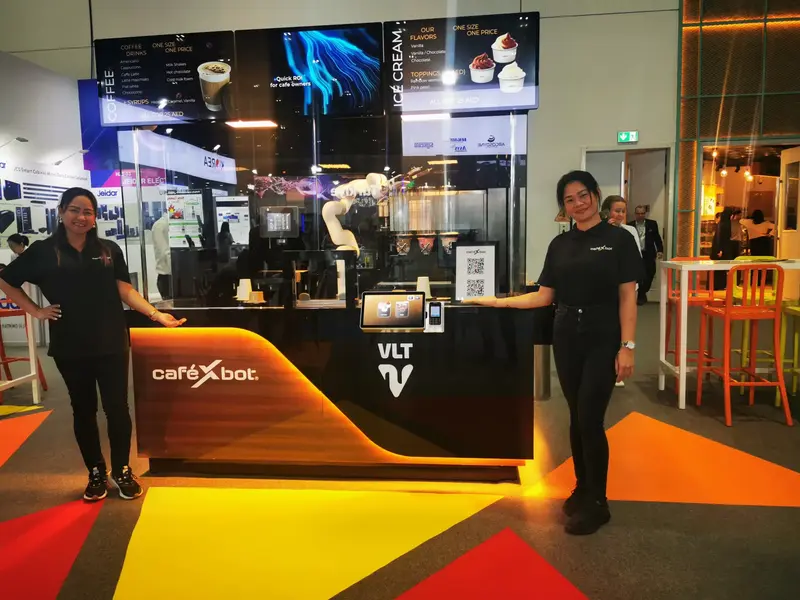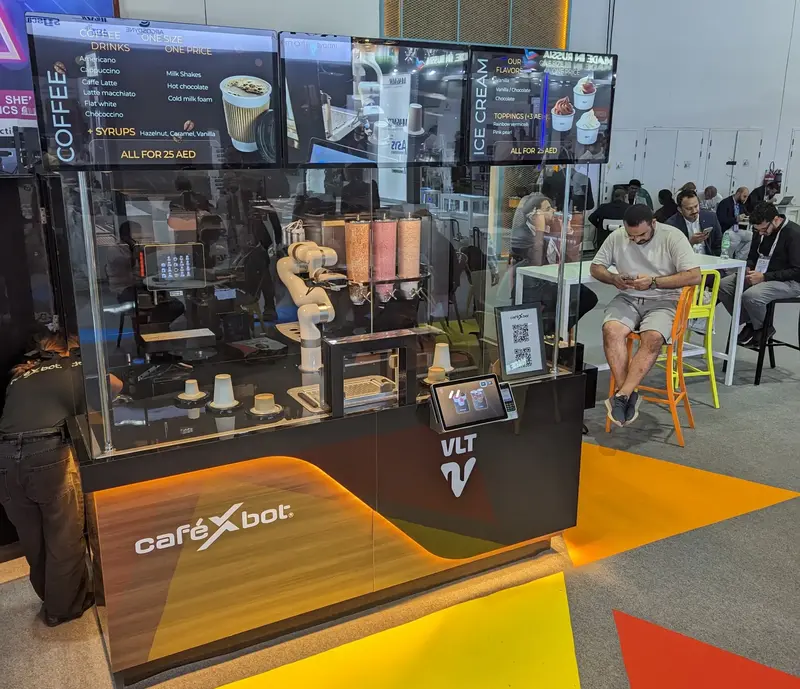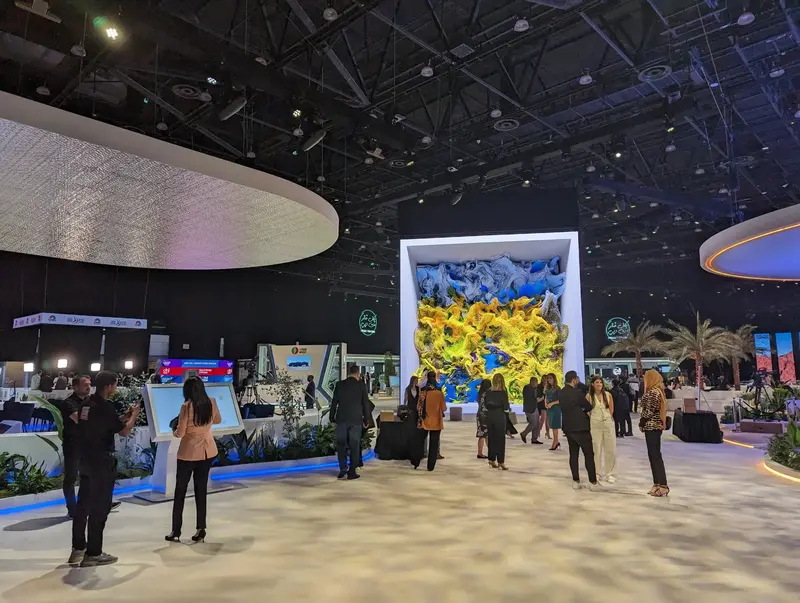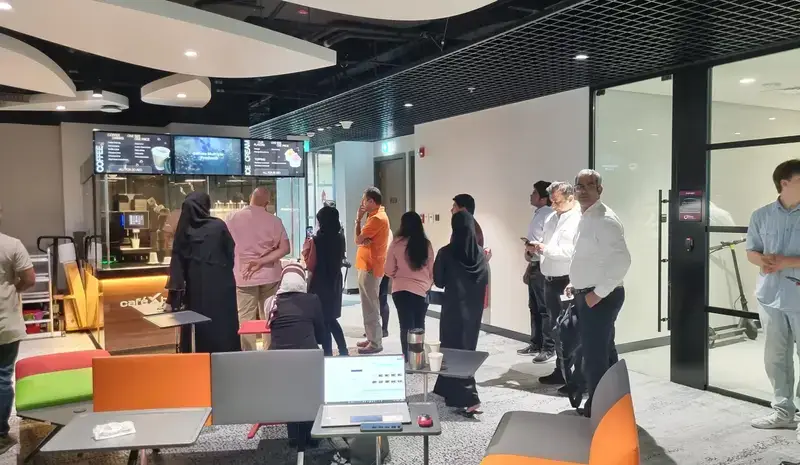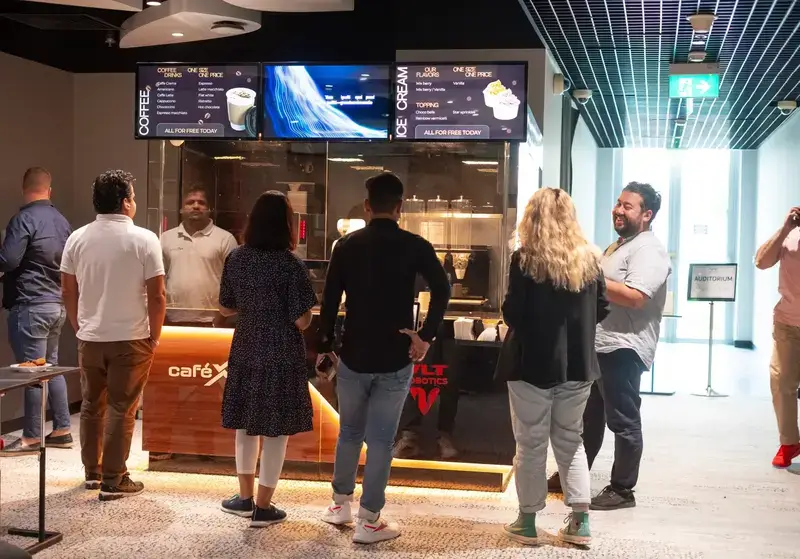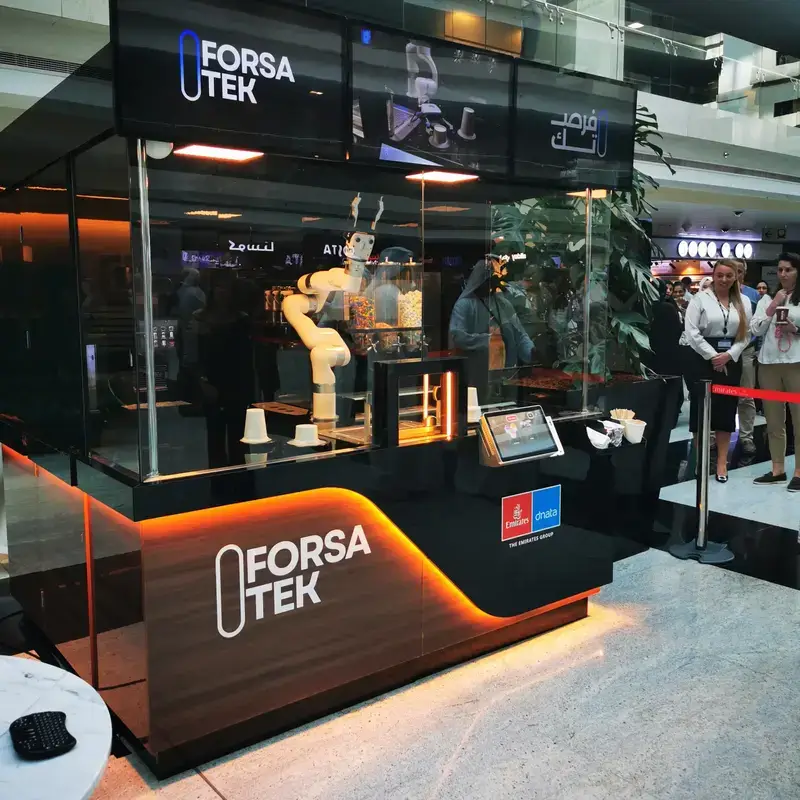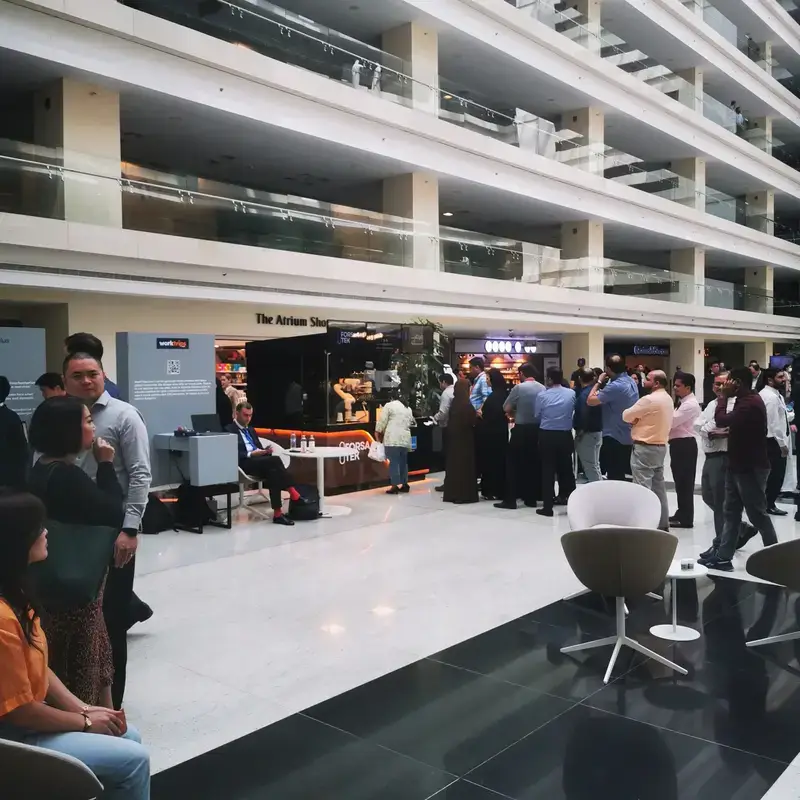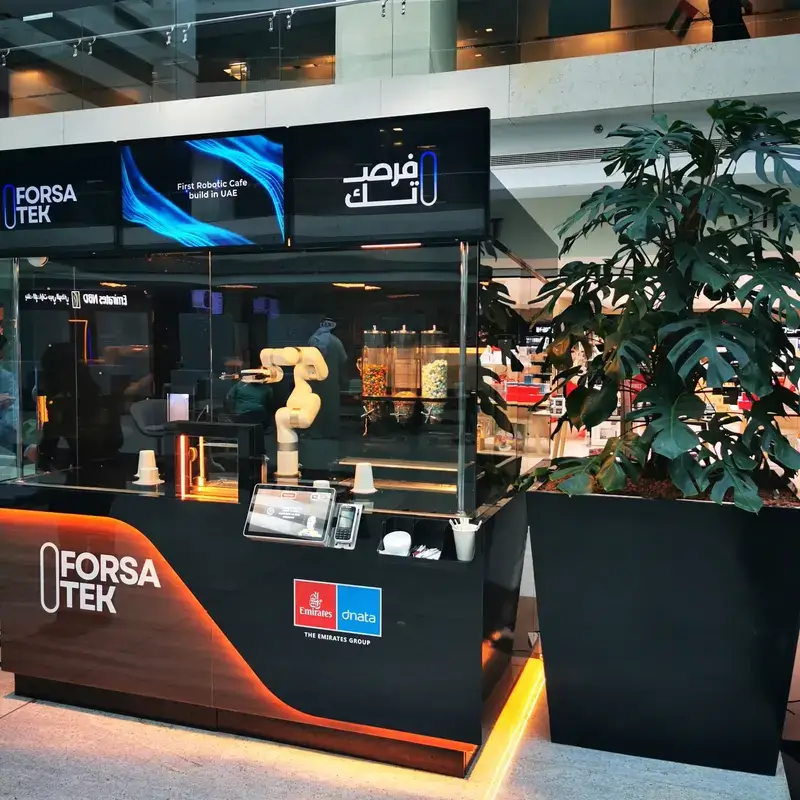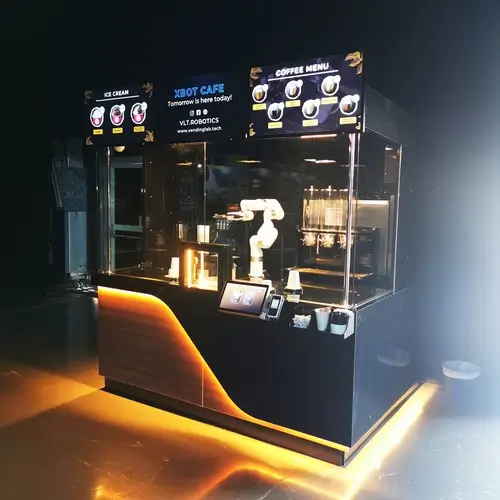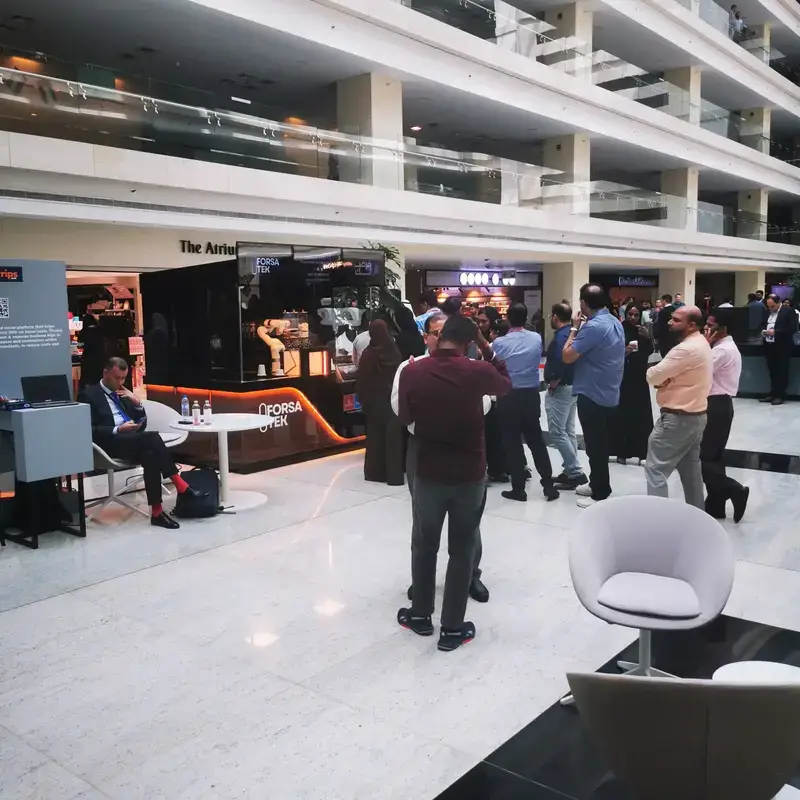
China's Resilient Growth in Robot Cafe Innovation Amidst US China Tariff Challenges
In recent years, the rise of Robot Cafes in China has emerged as a beacon of innovation and resilience, particularly in the face of escalating tariff challenges between the US and China. These high-tech establishments are not only captivating consumers with their futuristic charm but also demonstrating the capacity of Chinese manufacturers to thrive despite geopolitical tensions. As tariffs aim to restrict trade and can lead to increased costs for foreign imports, China's Robot Cafe industry showcases how local companies are leveraging automation and artificial intelligence to streamline operations and reduce overhead expenses. This adaptability is charting a new course for growth in a highly competitive market, proving that innovation can flourish even amid economic challenges. The Robot Cafe phenomenon thus serves as a powerful reminder of China's commitment to technological advancement and its ability to turn adversity into opportunity.

The Rise of Robot Cafes: A New Trend in China's Tech Landscape
The rise of robot cafes in China marks a significant shift in the country's tech landscape, blending innovation with consumer convenience. According to a report by Qianzhan Industry Research Institute, the market for automated services in restaurants is projected to reach over 30 billion yuan by 2025, underscoring the growing acceptance of robotics in everyday experiences. These cafes, operated by cutting-edge technology, offer not just coffee but a glimpse into a future where human-robot collaboration enhances efficiency and service quality.
As the demand for contactless service grows, especially post-pandemic, businesses are increasingly investing in robotic systems. A study by Allied Market Research predicts that the global robotics market in the food service industry is expected to grow at a CAGR of 23.4% from 2020 to 2027. This burgeoning sector in China leverages the nation's robust advancements in AI and automation to create unique dining experiences that attract tech-savvy customers. With more than 100 robotic cafes opened in major cities like Shanghai and Beijing, the trend reflects an innovative spirit that continues to push boundaries, despite the backdrop of US-China tariff challenges.

Navigating Tariff Challenges: How Chinese Manufacturers Adapt and Thrive
China's robotics industry, particularly in the realm of robot cafes, has demonstrated remarkable adaptability amidst the challenges posed by US-China tariffs. According to a report from the International Federation of Robotics (IFR), the Chinese robotics market is expected to grow at a compound annual growth rate (CAGR) of 24% from 2021 to 2024. This growth is fueled by innovative manufacturing processes and an increasing demand for automation in the food service sector. Chinese manufacturers have responded by streamlining their supply chains and investing in local components to mitigate the impacts of tariffs, which have led to increased production costs for imported parts.
In addition, a study by the China Machine Tool & Tool Builders’ Association (CMTBA) highlighted that many firms are pivoting towards domestic sourcing and technological advancements to enhance their competitiveness. Notably, over 60% of surveyed companies reported a shift in their supply chain strategies to rely more on local suppliers, thereby reducing tariff exposure. As automation technology improves, robot cafes are not only becoming a staple in urban areas but also exhibiting a remarkable capacity to adapt to fluctuating market conditions, showcasing the resilience of Chinese manufacturers in the face of global economic pressures.
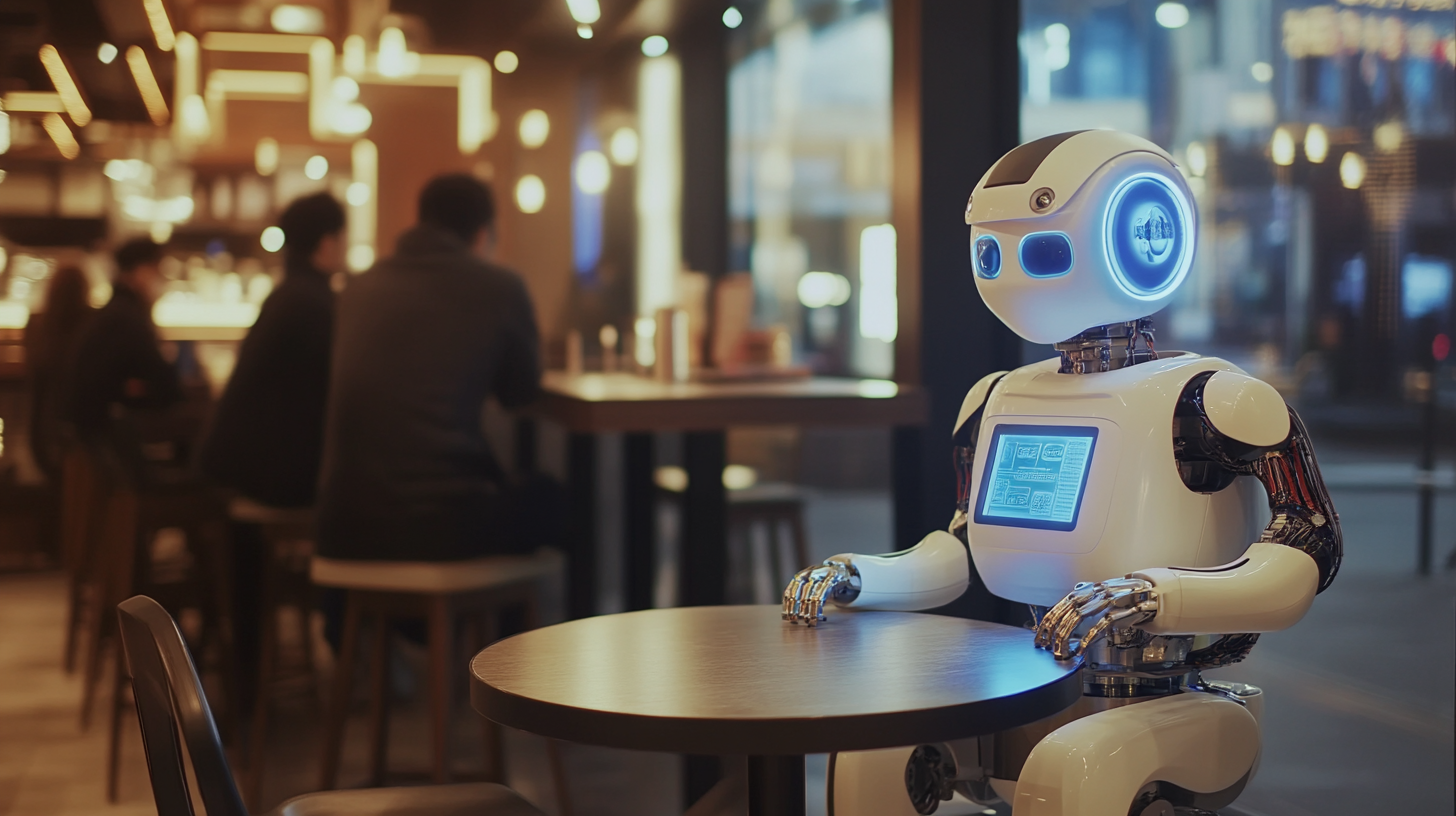
The Role of Innovation in Strengthening China's Economic Resilience
In the face of escalating US-China tariffs, China's robot café innovation exemplifies how the nation is leveraging technology to enhance economic resilience. According to a report by the International Federation of Robotics, the number of operational industrial robots in China reached 1.9 million in 2020, making it the largest market for robotic systems globally. This surge in automation not only mitigates the impact of external trade pressures but also enhances productivity in service sectors, such as food and beverage, where robot cafés are gaining popularity.
Tips: To fully harness the potential of innovation, businesses should consider integrating emerging technologies into their operations. Embracing robotic solutions can streamline processes and reduce labor costs, allowing companies to remain competitive even amidst challenging economic conditions.
Moreover, innovation acts as a buffer, enabling companies to adapt to shifting market demands swiftly. A study from Deloitte asserts that organizations that prioritize innovation report a 2.7 times higher growth rate than their competitors. As Chinese entrepreneurs continue to explore unique offerings in the robot café space, such innovations not only cater to changing consumer preferences but also position the country as a leader in the global tech landscape.
Tips: Cultivating a culture of innovation requires investing in research and development. Organizations should allocate resources towards creative brainstorming sessions and pilot projects, fostering an environment that enables breakthroughs in technology and service delivery.
China's Resilient Growth in Robot Cafe Innovation
This chart illustrates the significant growth in the number of robot cafes in China from 2019 to 2023, showcasing the country's innovative response amidst tariff challenges from the US, highlighting the resilience of its economy through technological advancements.
Comparative Analysis: US-China Tariffs and Their Impact on Robot Industry
As the U.S.-China trade tensions continue to reshape the global economic landscape, their impact on the robotics industry, particularly in terms of tariffs, cannot be understated. The recent U.S. tariffs on Chinese goods, reportedly reaching 145% on certain categories, have significant consequences for manufacturers and suppliers on both sides. For instance, the AI Robots Market forecasted growth between 2025 and 2034 highlights a potential slowdown in market expansion due to increased manufacturing costs related to tariffs. This presents a challenging environment for companies reliant on imported components from China, where a significant amount of robotic technology is developed.
Moreover, as manufacturers grapple with higher operational costs, they may seek alternatives to mitigate financial strain. A comparative analysis reveals that the U.S. industry might see a shift in supply chains, encouraging an investment in domestic production facilities or partnerships with nations like Germany and Japan to diversify away from China. This shift not only influences the pricing dynamics, especially in sectors like drone manufacturing but also affects the competition landscape, where market players must navigate new tariffs while trying to innovate and remain competitive. Amid these challenges, China's resilience in robot café innovation demonstrates its capacity to adapt and evolve, even in the face of escalating trade friction.
Future Prospects: Sustainability of Robot Cafes in a Changing Global Economy
The rise of robot cafes in China showcases an innovative response to a rapidly changing global economy, particularly amidst the challenges posed by US-China tariffs. These cafes not only offer a glimpse into the future of automation in the service industry but also reflect China's commitment to resilient growth in the face of external pressures. As the nation seeks to innovate and enhance efficiency, the integration of robotics in everyday dining experiences has become pivotal.
**Tip:** For those interested in starting a robot cafe, focus on sustainability by sourcing eco-friendly materials and implementing energy-efficient technologies. This commitment not only attracts environmentally conscious consumers but also helps in reducing operational costs in the long run.
As the global economy evolves, the sustainability of such innovation will depend significantly on adaptability. Robot cafes must continuously update their technologies and menu offerings to meet changing consumer preferences. Engaging with customers through personalized experiences can significantly enhance loyalty and retention.
**Tip:** Creating a feedback loop with customers can provide invaluable insights. Regularly adjust your offerings based on customer suggestions and trends to stay relevant in a competitive market. This approach not only boosts satisfaction but can also lead to organic growth through word-of-mouth marketing.














